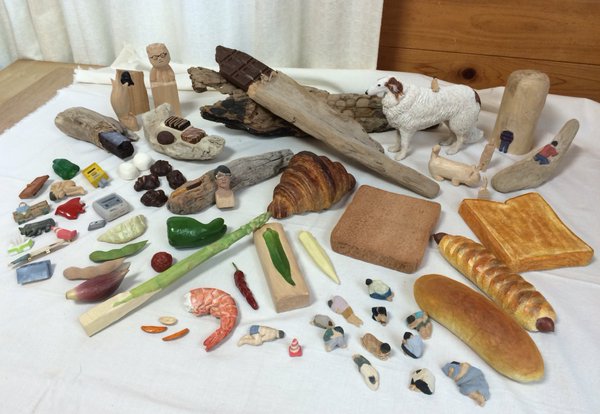Everyone loves food. It makes sense that we spend a lot of time thinking about and appreciating it — we need it to live! And what better way to celebrate something that we love so much than creating art in its honor?
Many people do, in fact. Sometimes, they turn food into art, like the incredible handmade cookies that look like traditional Hungarian lace, but other artists use their talents to go in the opposite direction.
That's what artist Seiji Kawasaki does with his amazing wood carvings that look good enough to eat. Literally.
Kawasaki carves regular wood into amazingly detailed and realistic sculptures of food. With an equally realistic coat of paint, they're virtually indistinguishable from the real thing unless picked up.
And what's really amazing is his ability to capture the many different shapes and textures of different foods, from the flaky layers of a croissant to the shiny skin of a pepper, to the segmented shell of a prawn.
Check out his work below and you might find yourself getting hungry. But, be sure to snack on some actual food!
[H/T: My Modern Met]
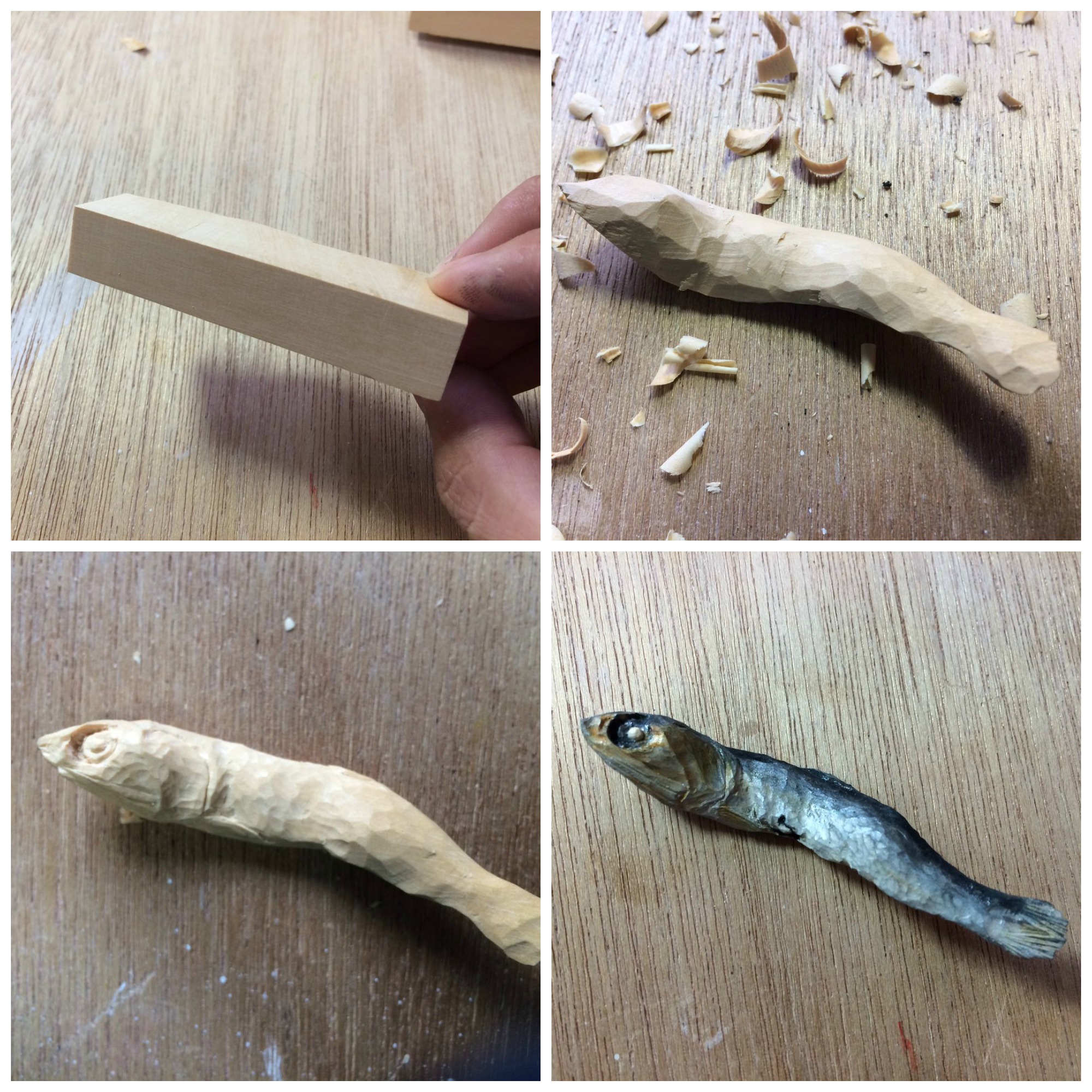
Artist Seiji Kawasaki turns ordinary blocks of wood into surprisingly realistic, life-size sculptures of food.
Thanks to careful carving and painting, he can create perfect copies of just about anything, and looking at the photos, you can't even tell that they're all wood!
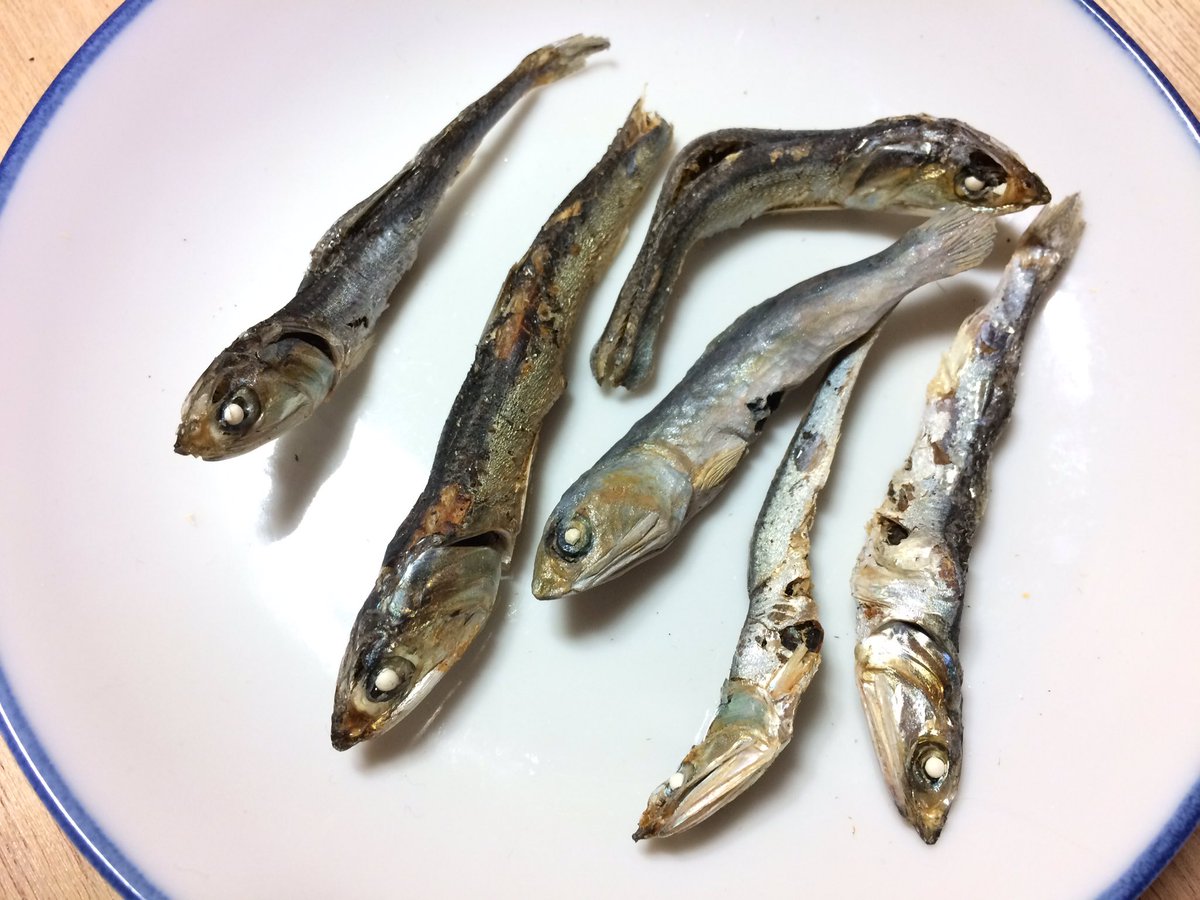
Can you pick out the wooden sardine among the real ones? Look closely. It's harder than you'd think!
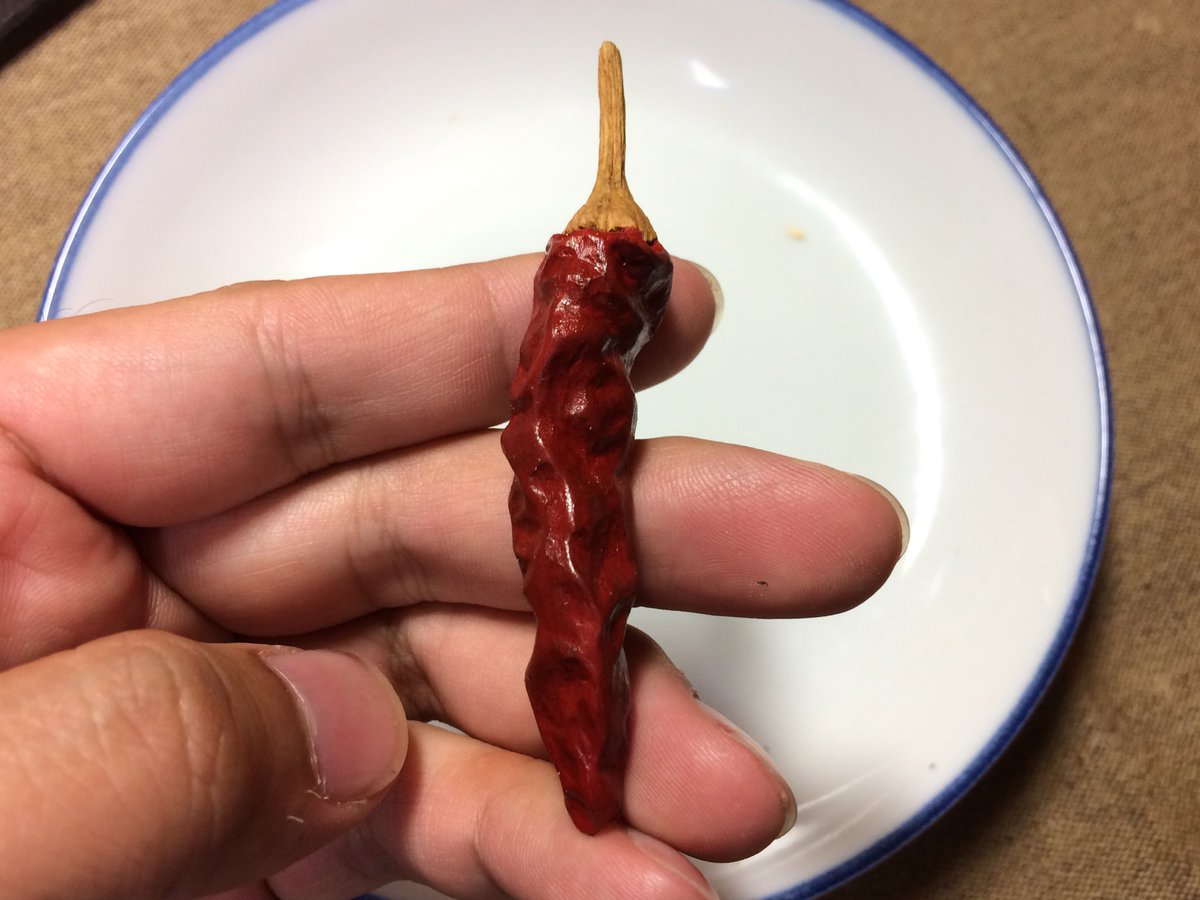
Kawasaki never intended to be an artist. In fact, he started out as a social and environmental engineering major, where he made many sculptural, scale models.
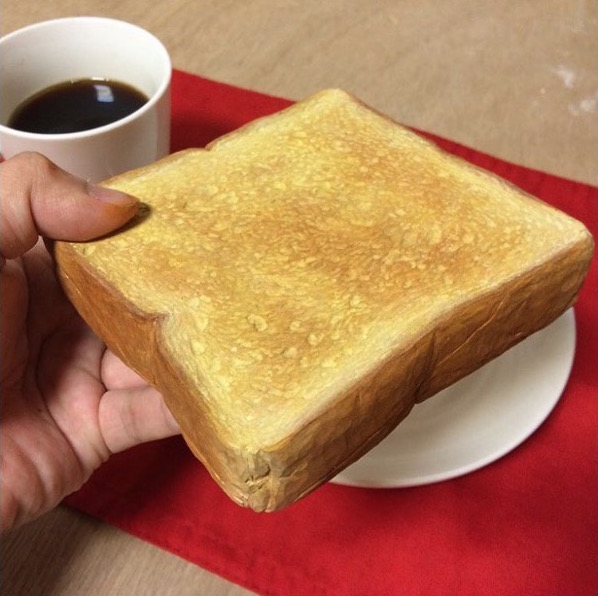
Engineering didn't work out, but his love for creating sculpture had been born and he never looked back.
His sculptures of food started with a piece of toast like this one. He posted a photo to his Twitter account and the internet was immediately interested.
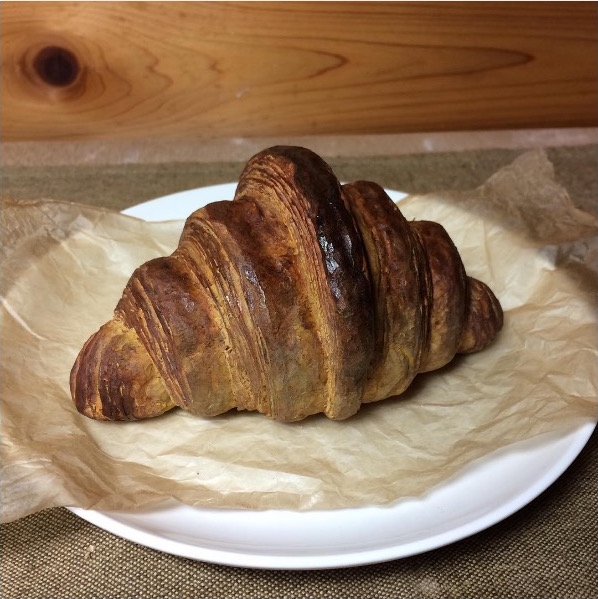
It was the beginning of his career as a wood sculptor and soon he was moving on to more complex sculptures, like this croissant.
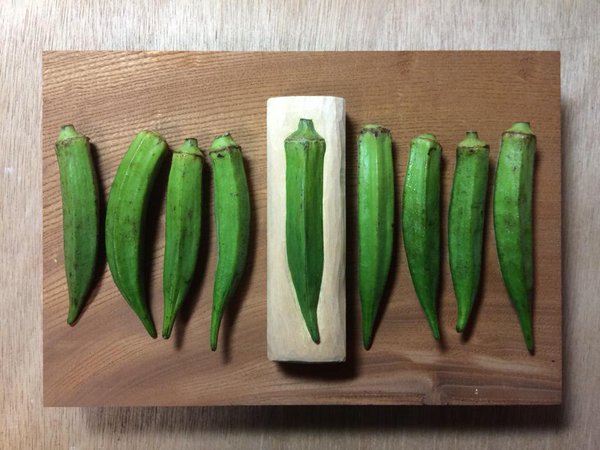
Using the real foods as models, Kawasaki makes each of his carvings as realistic as possible, but often leaves part of the original wood block to show that it is, in fact, a sculpture.
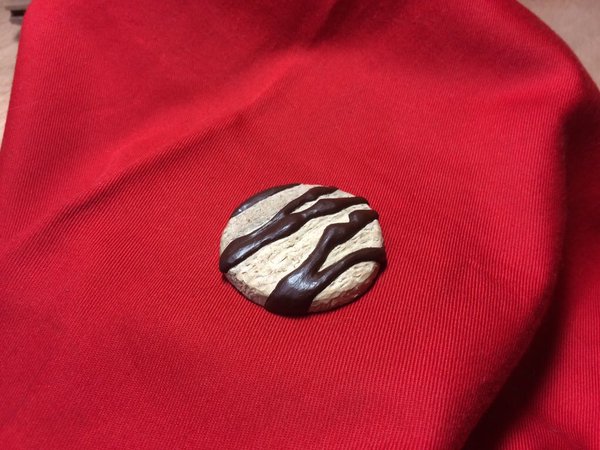
Other times, though, they look exactly like the real thing — which is exactly why you shouldn't just blindly bite into things!

Many times, you can only tell his pieces are made from wood by looking at their undersides. Of course, picking them up would work, too, but on the internet, we have to settle for photos!
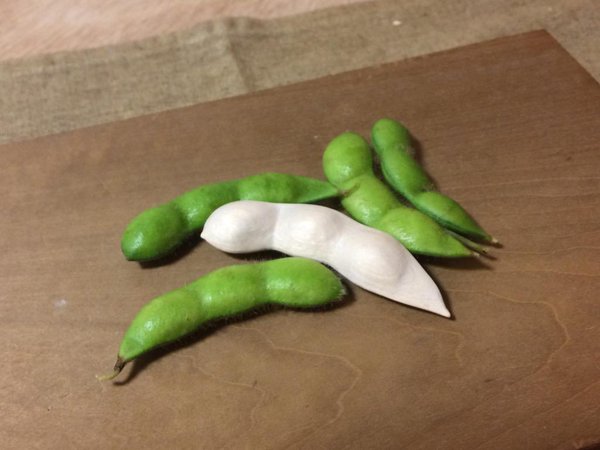
Even before painting, though, they look pretty amazing.
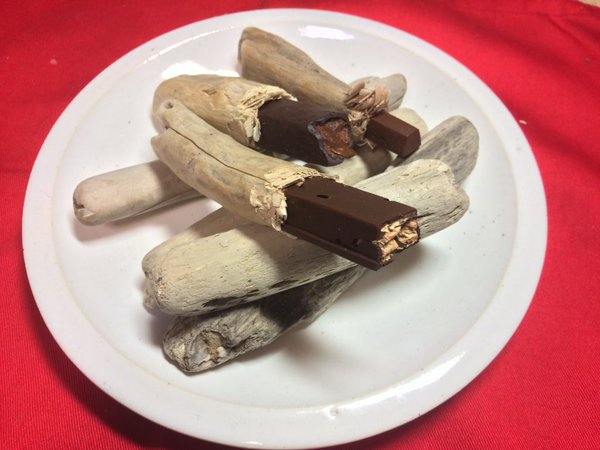
These driftwood chocolate bars get a little more surreal. It looks like the candy is growing right inside the branches!
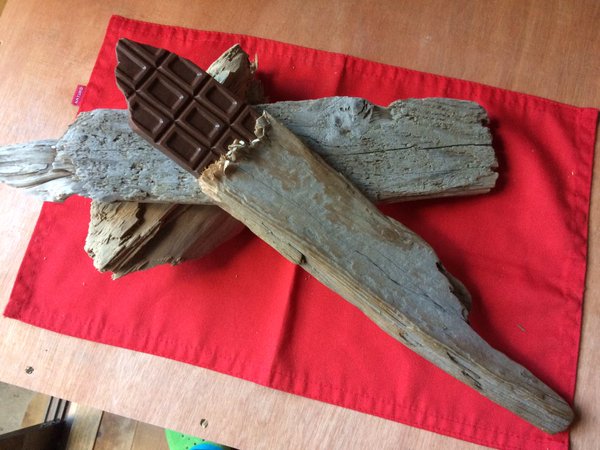
S'mores, anyone?
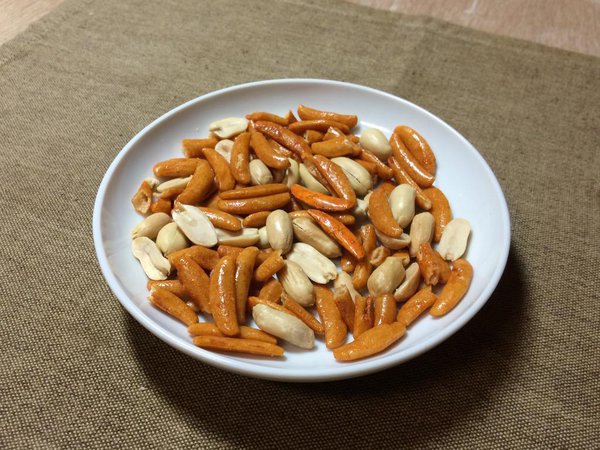
And then, in some instances like with these nuts, it's really impossible to tell the difference between Kawasaki's work and the real thing.

It's nearly the case with these shallots, too. Can you pick out the wooden one?
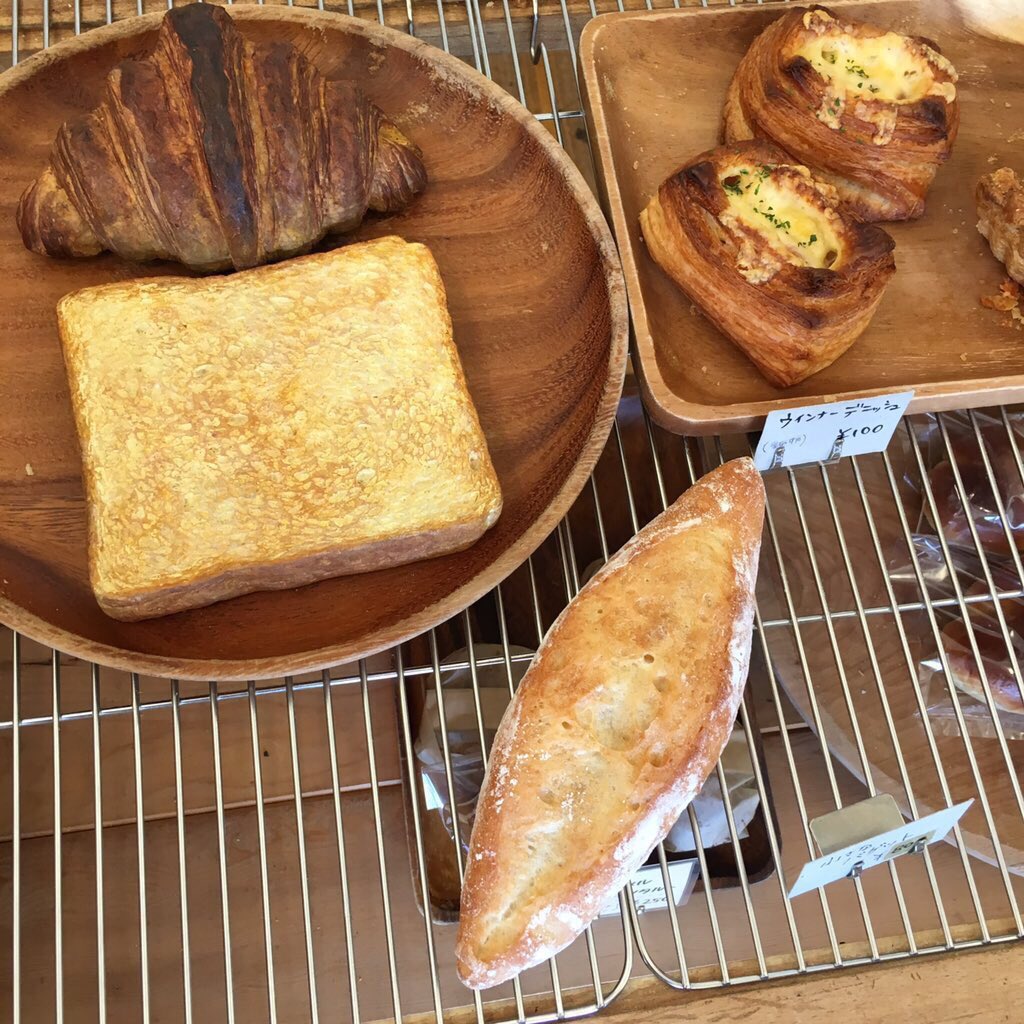
Or the real baked goods from the fake ones?
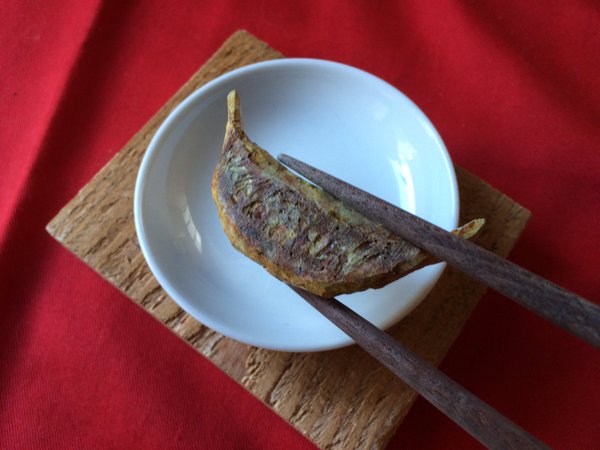
The stunning realism of his work has gained him fans all over the world, and in addition to food, Kawasaki also enjoys carving miniature sculptures of animals, people, and objects.
Some of his sculptures are also functional. Some of his food sculptures, like the sardines and peppers, can be used as chopstick rests.
